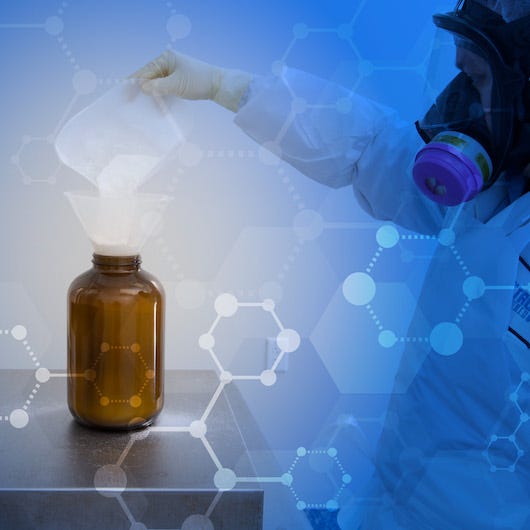Chemical sensitivity and allergy are two terms often used interchangeably, but they actually refer to distinct conditions with different underlying mechanisms. Understanding the differences between these two conditions is crucial for proper diagnosis, treatment, and management. In this article, we will delve into the intricacies of chemical sensitivity and allergy, exploring their definitions, causes, symptoms, and approaches to prevention and treatment.
- Definition:
Chemical sensitivity, also known as multiple chemical sensitivity (MCS), is a condition characterized by an exaggerated sensitivity and adverse reaction to various chemical substances present in the environment. On the other hand, allergy is an immune system response triggered by specific substances, known as allergens, which are typically harmless to most individuals. - Causes:
Chemical sensitivity can be caused by prolonged exposure to low levels of chemicals, such as those found in cleaning products, pesticides, fragrances, and building materials. Allergies, on the other hand, are primarily caused by genetic predisposition, although environmental factors can also play a role in their development. - Symptoms:
Chemical sensitivity symptoms can vary widely and may include headaches, dizziness, fatigue, respiratory problems, skin irritations, and cognitive difficulties. Allergy symptoms, on the other hand, are more specific and can manifest as sneezing, itching, hives, nasal congestion, wheezing, and in severe cases, anaphylaxis. - Diagnosis:
Diagnosing chemical sensitivity can be challenging, as there are no specific tests available. It often relies on a thorough evaluation of symptoms and a process of elimination. Allergies, on the other hand, can be diagnosed through skin prick tests, blood tests, and medical history assessments. - Treatment and Management:
Managing chemical sensitivity involves reducing exposure to triggering substances, improving indoor air quality, and adopting a healthy lifestyle. Allergy management typically includes allergen avoidance, medication (such as antihistamines and corticosteroids), and in some cases, allergen immunotherapy. - Prevention:
Preventing chemical sensitivity involves minimizing exposure to chemicals by using natural or low-toxicity alternatives, improving ventilation, and maintaining a clean living environment. Allergy prevention focuses on identifying and avoiding specific allergens, such as pollen, dust mites, pet dander, and certain foods.
In conclusion, while chemical sensitivity and allergy share some similarities in terms of symptoms, they have distinct differences in their causes, diagnostic approaches, and treatment strategies. Recognizing these differences is essential for individuals seeking proper medical care and for creating awareness among the general public. By understanding the nuances of chemical sensitivity and allergy, we can promote a healthier and safer environment for everyone.

